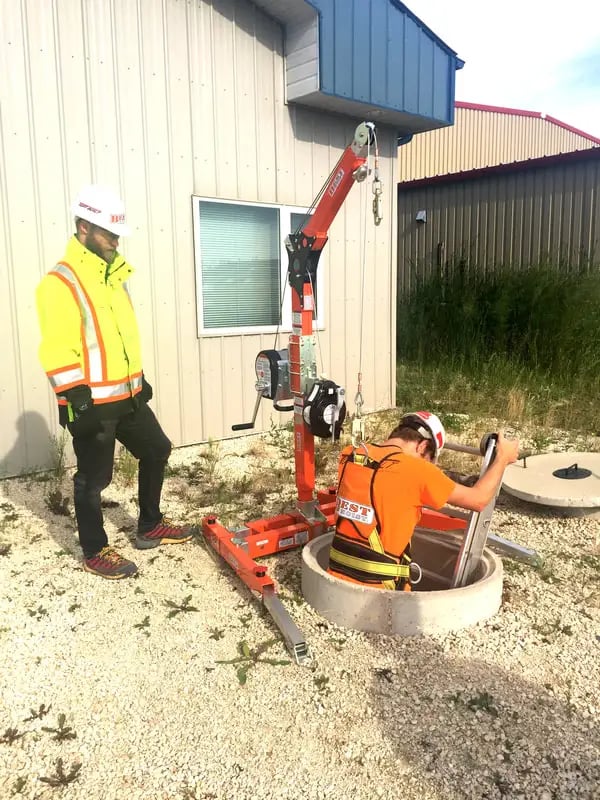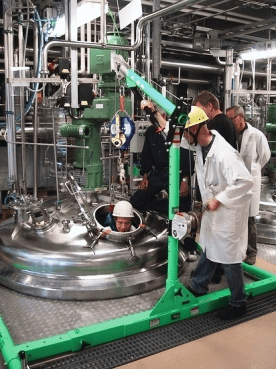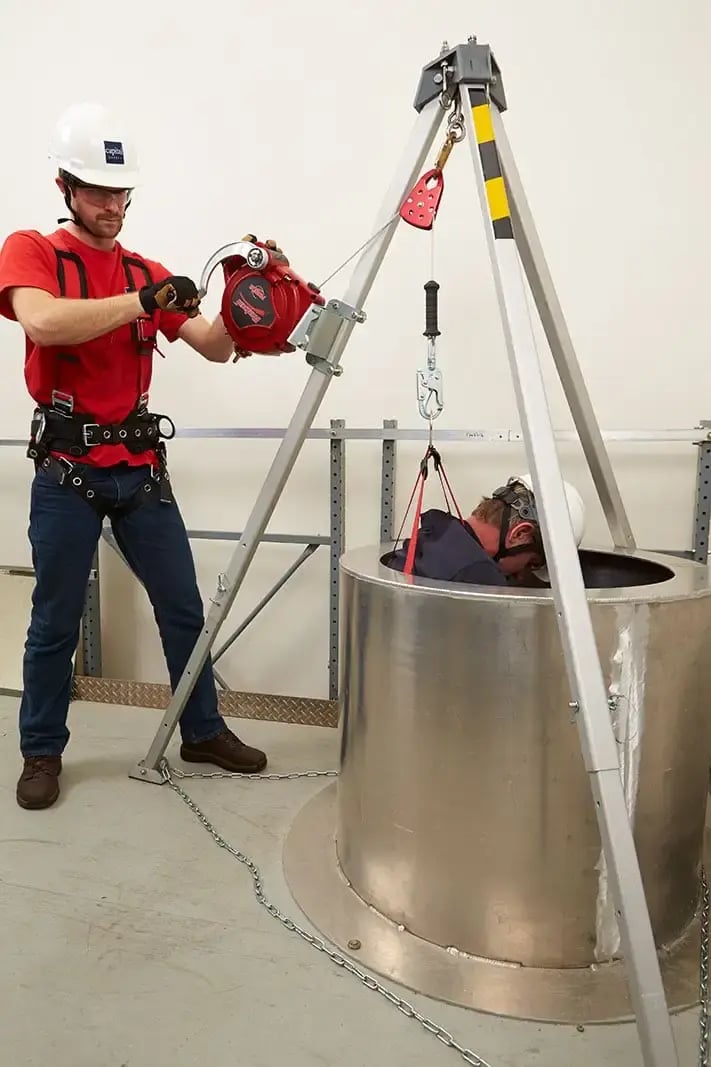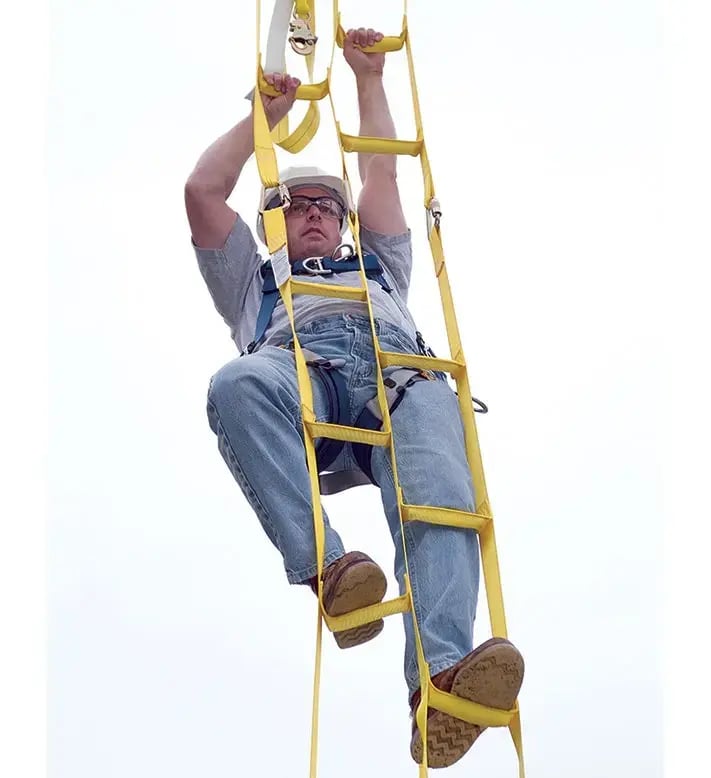Confined Space and Rescue
Solutions for entry, prevention, and rescue in tight spaces
Confined spaces are working environments with limited or restricted means of entry and exit. When workers operate in confined spaces, there is an increased risk for entrapment, engulfment and hazardous atmospheric conditions. Diversified Fall Protection provides OSHA-compliant confined space rescue equipment to assist employees who are unable to exit dangerous areas.

Confined Space & Rescue Systems
Confined space is defined as a working environment with limited or restricted means of entry and exit—specifically, an access point less than 24” in diameter. All job-sites deemed confined space work environments must also be equipped with OSHA approved confined space rescue equipment in the event that an employee is not able to exit the hazardous area without assistance.
Rescue and Descent Systems
Over the years, our vendor partners have developed a number of new and innovative fall protection and confined space rescue and descent products with features that are industry standards today. All of our rescue and descent systems are developed in close collaboration with end-users to meet application specific needs, leading to improved comfort, increased productivity, and the required OSHA compliance to keep workers safe at heights.
Design Considerations
Primary design considerations for confined space and rescue equipment include:
- How many workers must the system accommodate?
- How quickly do workers need to be extracted in the case of an emergency?
- Does the application call for a permanent or portable system configuration?
DFP safety engineers can offer a site analysis and recommend a confined space and rescue system that will meet your needs and budget while complying with all relevant OSHA safety regulations.

b-1.jpg?width=1368&height=1340&name=Rail%20(175)b-1.jpg)













